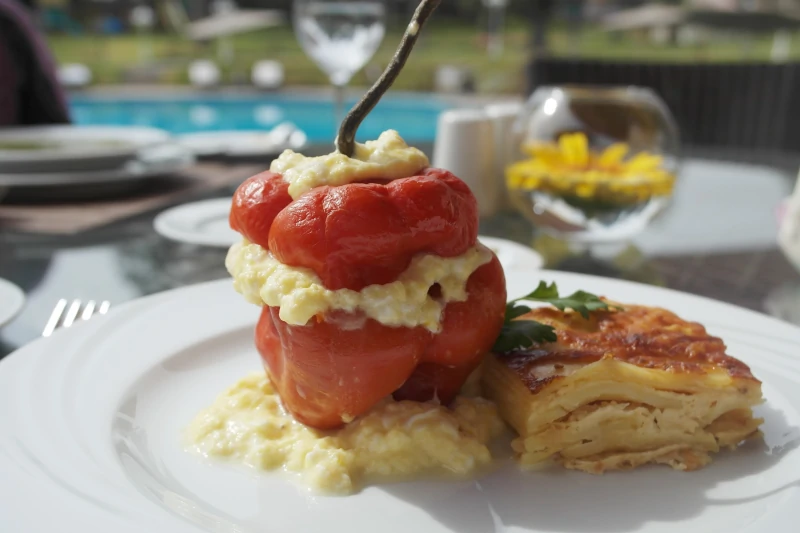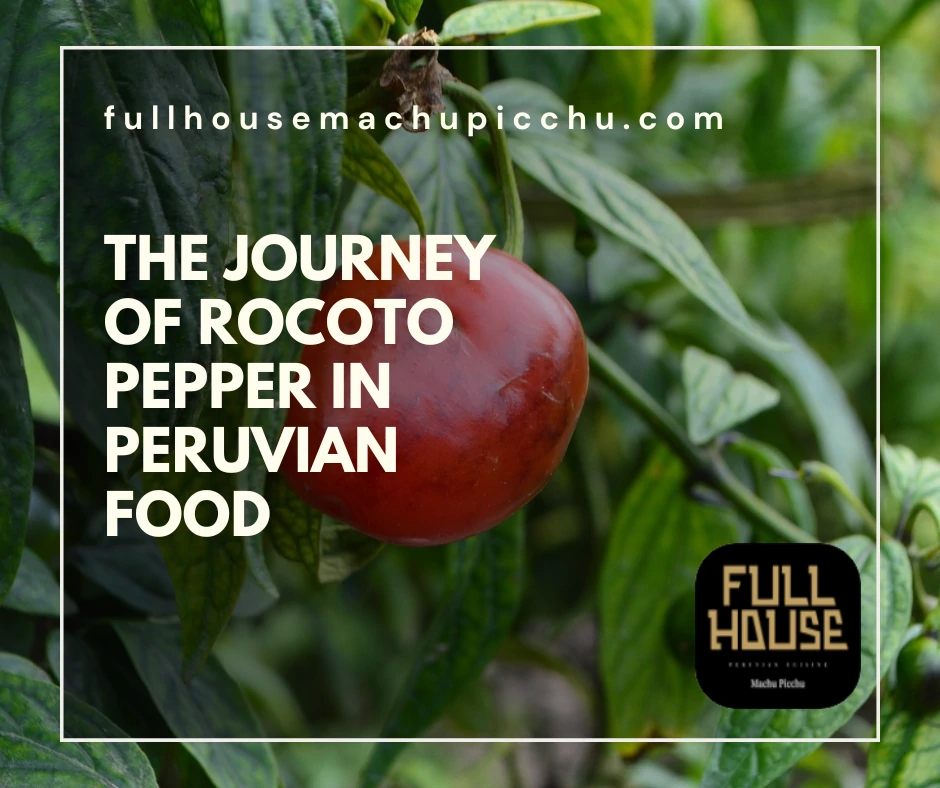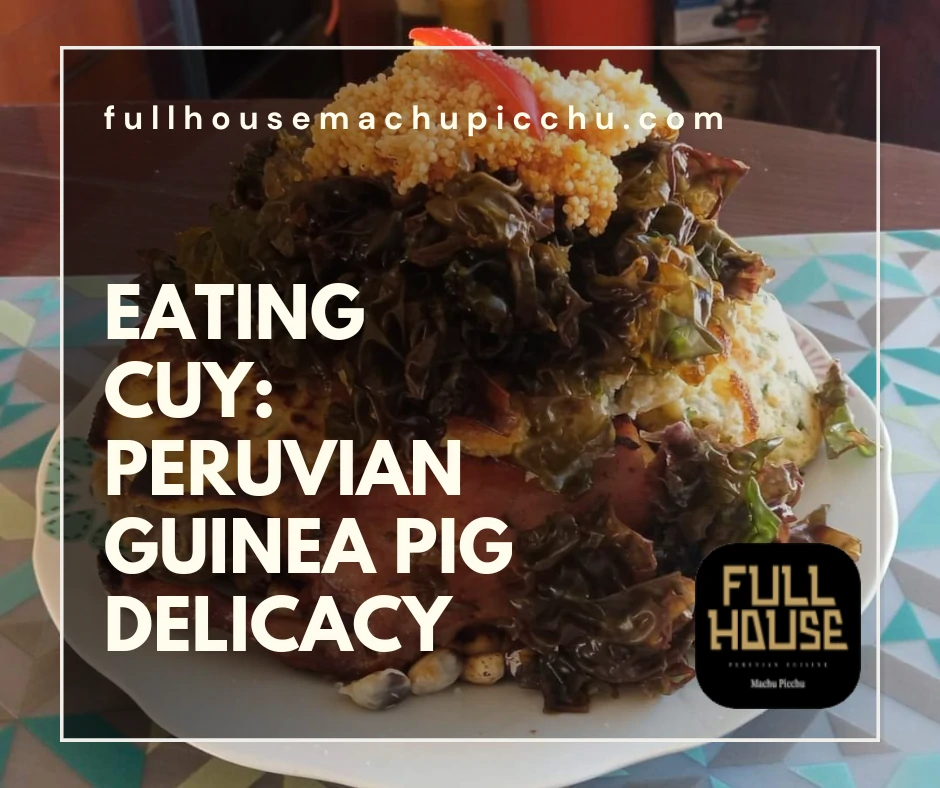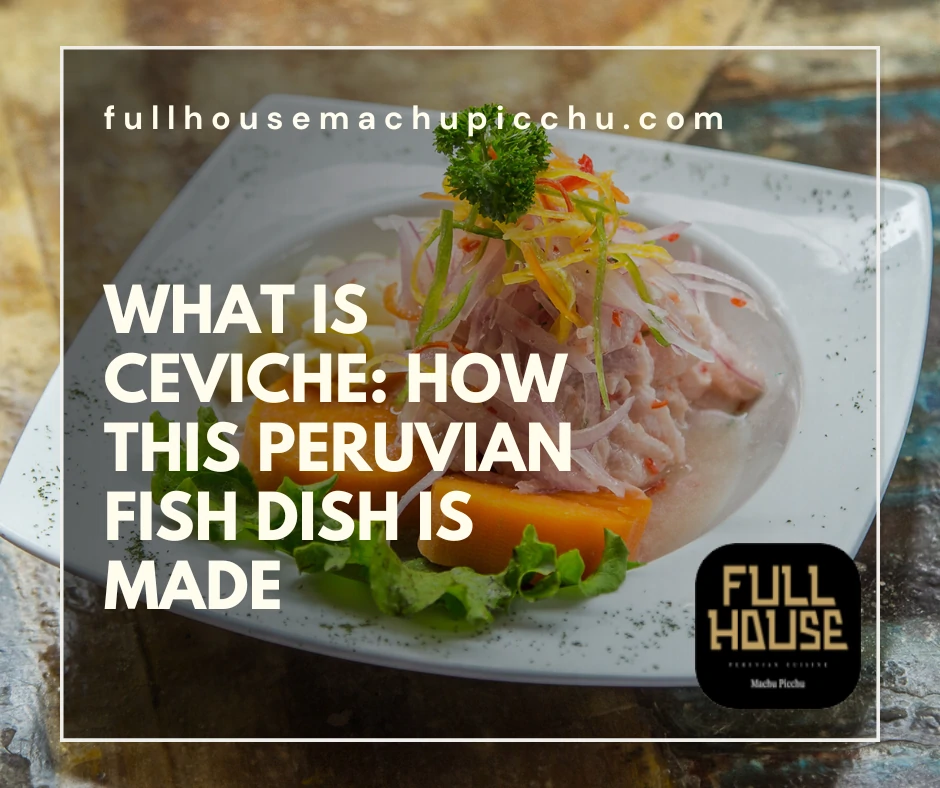In the lively, flavorful world of Peruvian cuisine, the rocoto pepper takes center stage, adding a robust kick to dishes that have been passed down through generations. The rocoto’s journey, from its cultivation in the rich Andean soil to its arrival at our tables, is a tale woven through the fabric of Peruvian culture and history. In this article, we invite you to experience the vibrant dance of tradition, sustainability, and culinary innovation that keeps this fiery pepper at the heart of Peru’s gastronomic identity.
We’ll explore the meticulous cultivation techniques honed over centuries, the bustling markets where Rocoto is traded, and the kitchens where it is transformed into an array of dishes. So pull up a chair, and join us on this flavorful journey of discovery, as we follow the rocoto’s vibrant path from farm to table.
Cultivating the flame: Growing rocoto in Peru’s Andean soil
Nestled in the Peruvian Andes, rocoto peppers flourish in the region’s rich soil. This pepper’s cultivation is a delicate art, passed down through generations. Farmers understand the rocoto’s unique needs, planting it at specific altitudes. They believe the best rocoto thrives between 1500 and 2500 meters above sea level.
Furthermore, the fertile soil of the Andes is volcanic in origin. It’s enriched with essential nutrients, perfect for growing rocoto. These peppers demand well-drained soils, as waterlogged conditions can lead to rot. Farmers tend to their crops with a skilled hand, ensuring optimal growth conditions.
Rocoto peppers are not for the faint-hearted. They’re rated at 100,000 to 200,000 on the Scoville scale. Thus, this means they’re a favorite among lovers of spicy food. The peppers’ heat doesn’t overshadow their fruity undertones, which make them a Peruvian staple.
Additionally, the rocoto pepper’s unique cultivation process contributes to its distinct taste. After planting, the peppers take several months to mature. Each rocoto plant can bear fruit for up to 15 years. This longevity is rare among pepper plants, reflecting the rocoto’s resilient nature.
Harvesting the rocoto pepper is a community event. It’s a time when families and friends come together to pick the ripe peppers. The harvested Rocoto is then carefully packed and transported to markets. It’s here the rocoto continues its journey, from the Andean farms to tables across Peru and beyond.
In essence, growing rocoto pepper is a testament to Peru’s agricultural heritage. It’s a symbol of the country’s dedication to cultivating unique flavors, a cornerstone in their spicy food culture. The Andean soil, the careful cultivation, and the community’s effort all play a part in bringing the fiery rocoto to our plates.
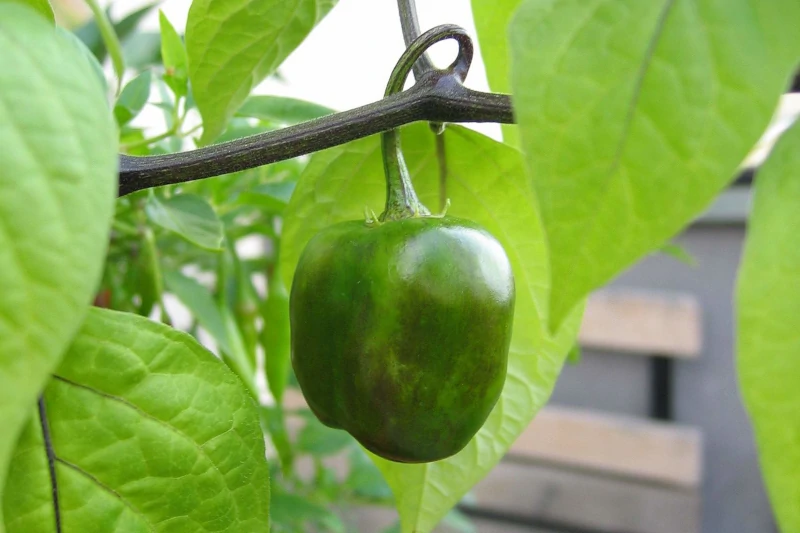
Marketplace vibrancy: Trading Rocoto in Peru’s bustling bazaars
In Peru’s bustling bazaars, trading rocoto peppers is an age-old tradition. The vibrant red peppers stand out, amidst a cornucopia of colors and smells. Thus, these markets are a sensory delight, telling stories of Peru’s rich gastronomic heritage.
Upon arrival, the rocoto peppers are carefully sorted. They are then displayed alongside other produce, like Peruvian corn, famed for its large kernels. The marketplace’s vibrancy is a sight to behold, with various fruits, vegetables, and spices on display.
Rocoto peppers are a sought-after commodity. Thus, they command a premium price, reflecting their superior quality and high demand. Traders and buyers haggle over prices, a lively part of the marketplace experience.
However, the trading of rocoto is not merely a transaction. It’s an exchange of stories, recipes, and shared love for food. The marketplace is where farmers, traders, and cooks converge, sharing their passion for Peruvian flavors.
For many, the marketplace serves as a social hub. Thus, it’s a place where news is shared, friendships are forged, and community bonds are strengthened. Amid the noise and clamor, rocoto peppers continue their journey from farm to table.
Every step of the rocoto’s journey is steeped in tradition. From the rugged Andean farms to the bustling bazaars, each phase is critical. Therefore, the marketplace forms a bridge, connecting rural farmers with urban kitchens.
In sum, the trading of rocoto in Peru’s markets is more than commerce. It’s a vibrant representation of Peru’s culture and culinary heritage. It’s a testament to the country’s love for their native produce, from rocoto peppers to Peruvian corn. Each transaction celebrates Peru’s commitment to preserving their rich agricultural traditions.
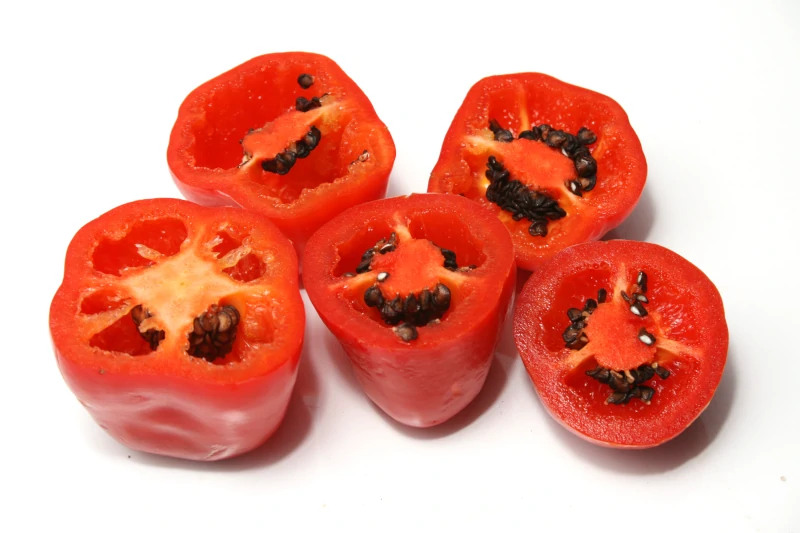
The spice of life: Rocoto in traditional and modern Peruvian cuisine
Rocoto peppers hold a special place in Peruvian cuisine. Their fiery heat and fruity undertones add depth and complexity to various dishes. Rocoto peppers are indeed the spice of life in Peru.
In traditional Peruvian cuisine, rocoto relleno is a beloved dish. It involves stuffing rocoto peppers with minced beef, spices, and cheese. The peppers are then baked until they’re tender and the cheese is beautifully melted.
The rocoto pepper also pairs well with guinea pig, a traditional Peruvian delicacy. The pepper’s heat perfectly complements the rich, gamey flavor of the meat. The resulting dish is a testament to Peru’s culinary ingenuity.
In modern Peruvian cuisine, rocoto plays an equally significant role. Chefs use it to create innovative dishes, showcasing the pepper’s versatility. For instance, Rocoto is incorporated into quinoa salads, adding a spicy twist to this nutritious grain.
Rocoto can also be ground into a paste. This paste, known as rocoto sauce, is a staple in many Peruvian homes. It’s used as a condiment, adding a fiery kick to various dishes.
Notably, rocoto can also be used in making ceviche. This classic Peruvian dish features raw fish marinated in citrus juices. The addition of Rocoto gives ceviche a deliciously spicy edge.
Thus, Rocoto peppers are an integral part of Peruvian cuisine. They’re used in both traditional and modern dishes, from stuffed peppers and guinea pig to quinoa salads and ceviche. The Rocoto’s journey from farm to table completes in the Peruvian kitchen, where it adds the spice of life to an array of culinary creations.
